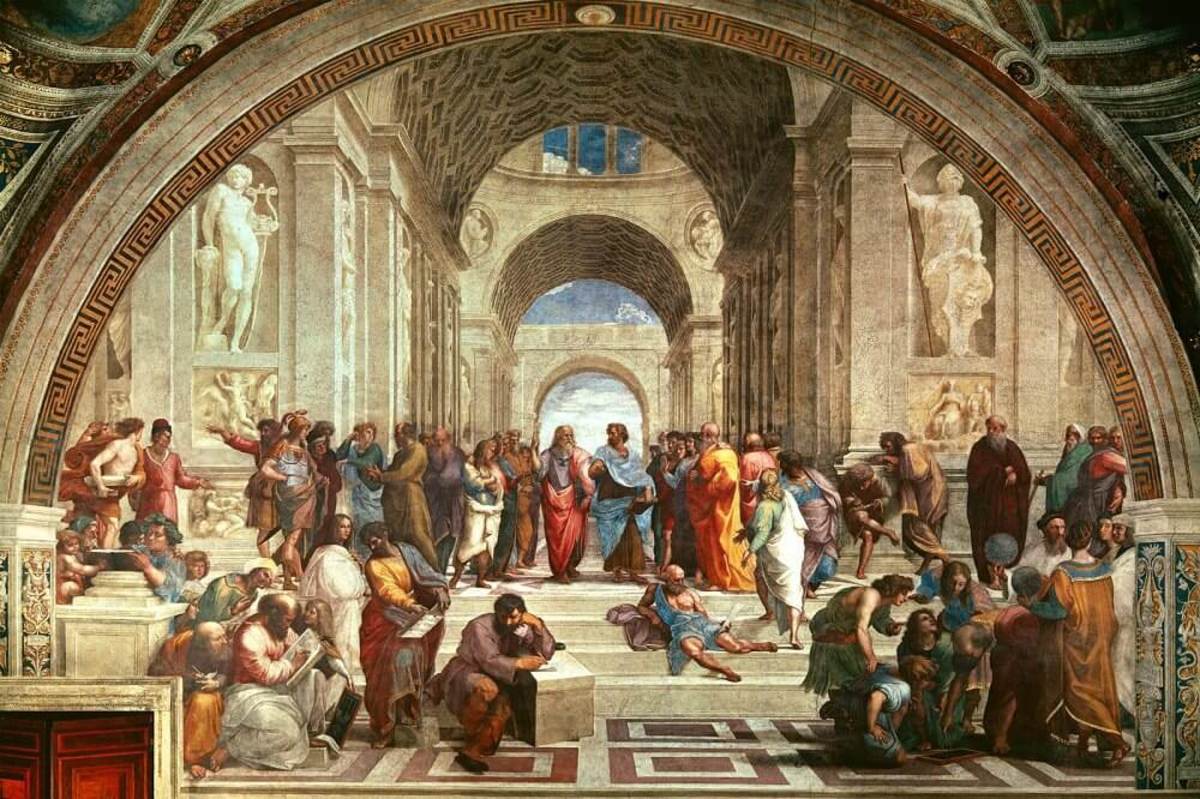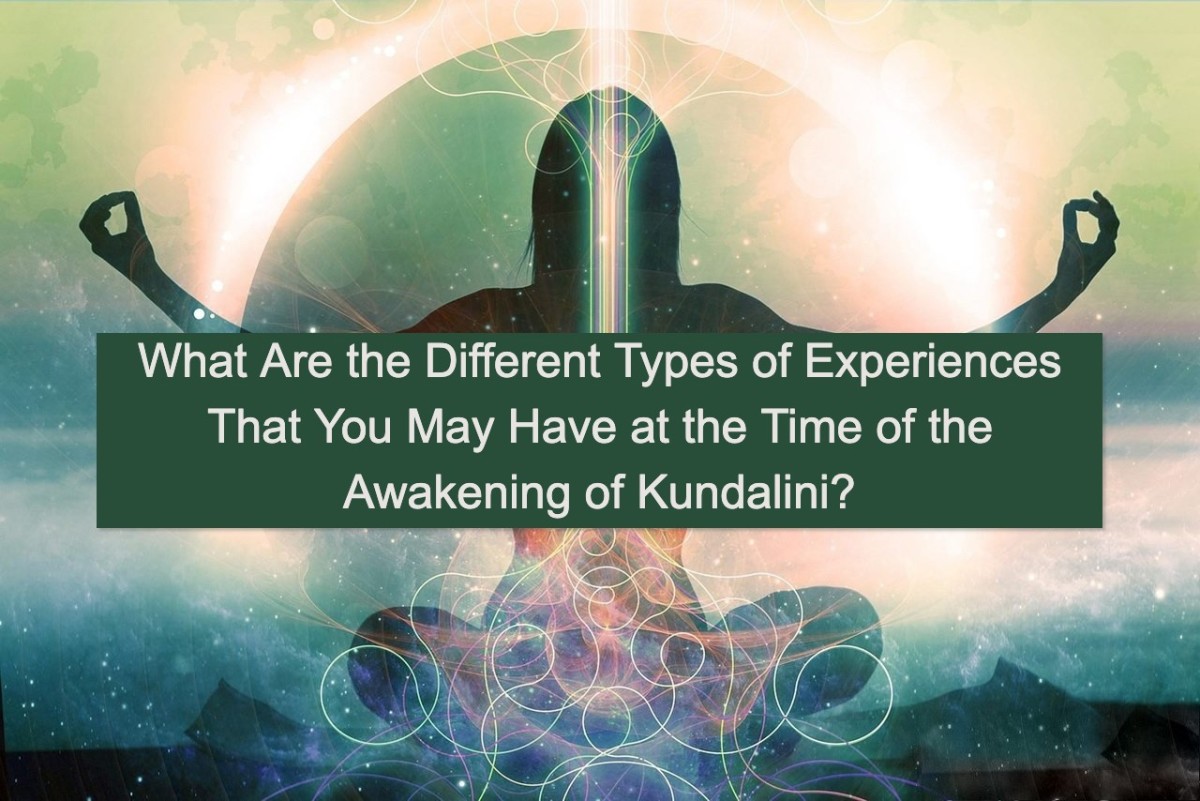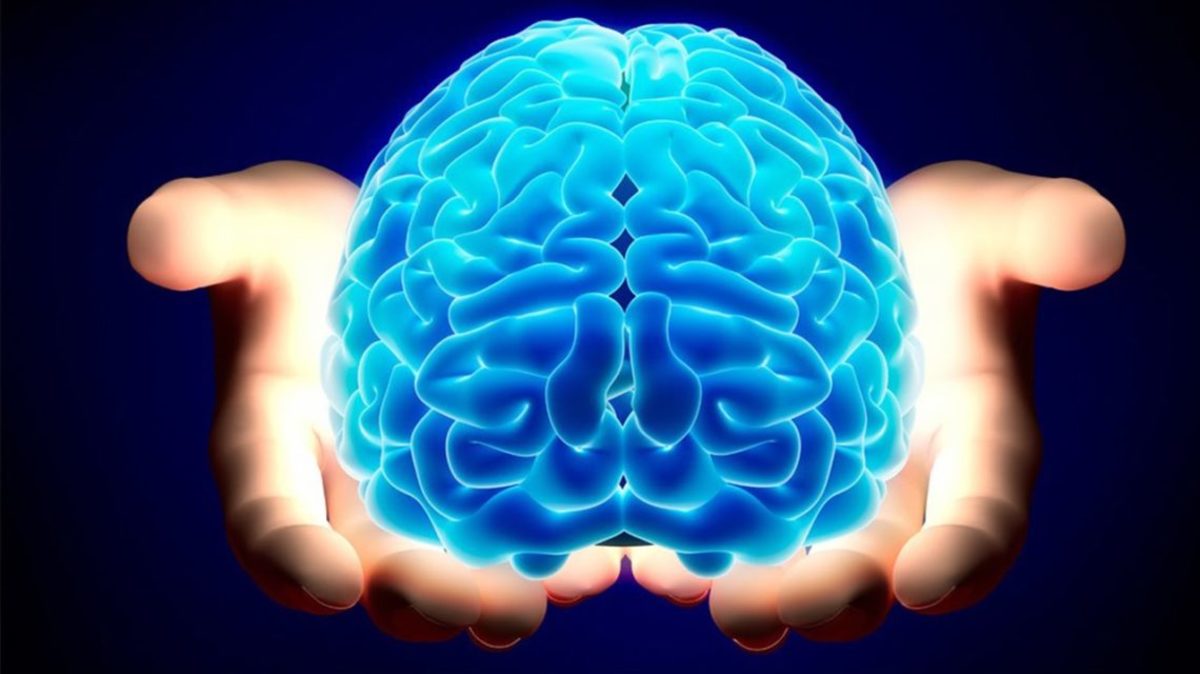Pran
Pran
PRAN
By
A.D.Sarkar
Khampo is a Tibetan term which many translate as teacher and pran is Sanskrit meaning life breath. Khampo Karma Paldan was fluent in Sanskrit and of course his own mother tongue, viz.,Tibetan. He went to Kham, the eastern part of Tibbat (Tibet) and arrived at Zilthang mountains a part of which was known as Norbu Yul-gyal. This part of Zilthang had forests at the base above which there was a zone which was bare and rocky. The top above this was covered in perpetual snow. The snow mountain as this part was also known by the populace had numerous caves. Khampo Paldan occupied one of them and spent two months each meditating on the four senses successively, namely, speech, sight, hearing and taste. This was followed by four months' meditation on pran.
To be precise, being a scholar in Tibetan texts, he named each sense as consciousness and used the corresponding Sanskrit terms for the senses and added vijnana after every sense term or consciousness, vijnana being knowledge. The following table gives the details:
Table. Consciousness or senses and the corresponding Sanskrit terms.
Consciousness Sanskrit Term
Sight Chakshu Vijnana
Hearing Shrota Vijnana
Smell Ghran Vijnana
Taste Jihva Vijnana
Mind Mana Vijnana
In his lecture to the Ladakhi scholars in Leh on this occasion he was hoping to introduce the theme of pran's relationship with the senses as constructed in Upanisadic writings. He omitted mind which others include while meditating on the senses because he was fully informed about the state of Dzogchen, a Tibetan term meaning Great Perfection or Ordinary Awareness. In Dzogchen there is this sems nyid, the nature of mind, and the mind, sems, as we know it. A being's mind is fickle and as we all experience it, sems wanders between subjects often haphazardly. On the other hand the nature of mind is likened to a mirror which reflects involuntarily all that comes before it but its fundamental nature does not change by so doing. In Dzogchen this mirror- like nature of mind has been called the primordial state of a sentient being. The followers of the Nyingmapa school, which has recorded and developed the early traditions of Tibetan Buddhism suggest that such Buddhist ideas as Prajnaparamita, Bodhichitta or Mahamudra are but different names of the primordial state.
Khampo Karma Paldan lived in Dharamshala in India. He was proficient in Tibetan, Hindi and Sanskrit. He spent the last ten years reading and lecturing on the Vedas. In the year 1970 he was in his 8th decade and on this occasion he was talking in Tibetan. He had the unusual habit of shouting in Tibetan Kye-ho, listen, and intersperse his talks with the Tibetan word emaho, how marvellous, not necessarily at appropriate intervals. At the end of his talk he would say, in Sanskrit, samaya, followed by the Tibetan word gya three times, which meant broadly, 'sealed with the promise of the guru to preserve the secret nature of the texts' given to the people of Tibet by Guru Padmasambhava in the 8th century C.E.
The Khampo began his lecture:
“Kye -ho,
Long ago, chakshu vijnana, shrota vijnana, ghran vijnana and jihva vijnana quarrelled among themselves. Each one said that it was indispensible and a sentient being could not function without it. They reached a stalemate so they asked pran to adjudicate. Pran looked at kaya the corporeal frame of the jiv, the sentient being, who agreed that pran should be the adjudicator.
Pran said, “Why don't you, one at a time, leave the shelter of kaya and come back after 24 hours so that the ones left behind can tell you about the situation as it was without you!”
Sight left for 24 hours and asked when it came back, “How did you all fare without me?”
Kaya replied, “The jiv could hear, smell and taste but he could not see anything. I was not affected in any way though.”
Hearing left for 24 hours and asked when it came back, “How did you all fare without me.?”
Kaya replied, “The jiv could see, smell and taste but he could not hear anything. I was not affected in any way though.”
Successively, ghran vijnana and jihva vijnana left without the jiv being handicappeed unduly. Kaya did not suffer in the least.
Pran smiled. It asked, “What about me? Shall I leave as well?”
“Oh yes,” replied the senses and the corporeal frame enthusiastically.
As pran proceeded to leave kaya the senses felt the force which was about to pull them out from the jiv's body in like manner to a peg driven in the ground which is uprooted when a stallion secured to it with a rope decides to apply the tensile pull to gallop away to freedom. The tremulus mass of kaya became aware that the fundamental particles which aggregated to give its geometry were at the point of dissociating reducing it to its non-state of shunya, zero. The corporeal frame pleaded with pran not to leave it. Emaho, pran agreed but reminded them that one unpredictable moment in the future it will leave the body and they all will cease to be.”
Khampo Karma Paldan shouted Kye-ho and in a quieter serious tone he continued “The forest dwelling Upanisadic scholars wrote, “The way the spokes are anchored in the hubs of wheels, in the same manner everything is established in pran. Pran is kinetic because pran itself is the motive power. Pran gives to pran. Pran's donations are aimed at pran. Pran is father. Pran is mother. Pran is brother. Pran is aunt, Pran is acharya, guru. Pran is Brahman, the receptacle of all. Emaho.”
The khampo finished by reciting the original Sanskrit version as follows:
“Jatha ba aurah nabhou samarpita. Ebamsmin prane sarbam samarpitang. Pranah pranena jati. Pranah pranang dadati. Pranaya dadati. Prano ha pita. Prano mata. Prano bhrata. Pranah swasa. Pran acharya.Prano brahman.
Samaya; gya, gya, gya.”
-------------------------------------------------------------------------------








